Home>Furniture & Design>Outdoor Furniture>How To Clean Oxidized Outdoor Lights
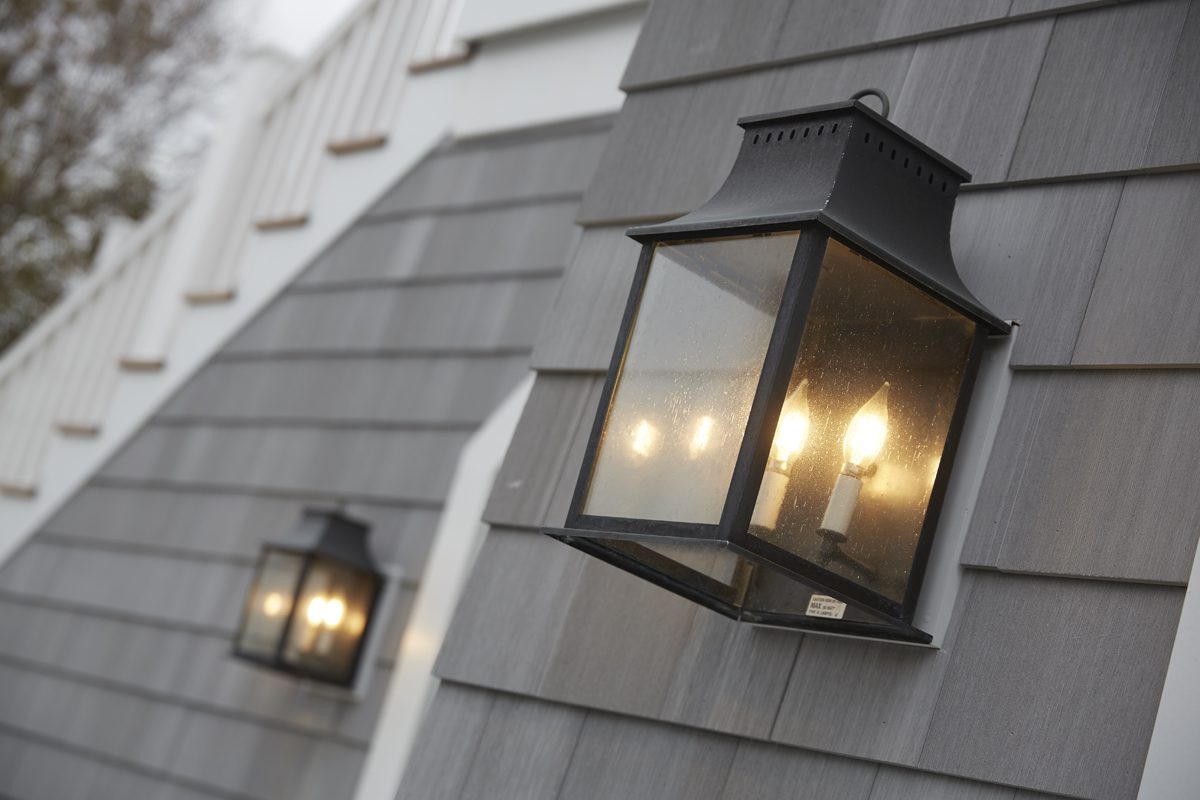

Outdoor Furniture
How To Clean Oxidized Outdoor Lights
Published: January 16, 2024
Learn how to effectively clean and restore oxidized outdoor lights with our expert tips and tricks. Keep your outdoor furniture looking its best! Discover the best methods for maintaining outdoor-furniture-furniture-and-design.
(Many of the links in this article redirect to a specific reviewed product. Your purchase of these products through affiliate links helps to generate commission for Storables.com, at no extra cost. Learn more)
Introduction
Welcome to the world of outdoor living, where the beauty of nature meets the comfort of modern design. Outdoor lighting plays a pivotal role in enhancing the ambiance of your outdoor space, whether it's a cozy patio, a sprawling garden, or a charming deck. However, the exposure to the elements can cause outdoor lights to develop a layer of oxidation over time, diminishing their luster and effectiveness. Fear not, as we embark on a journey to restore the brilliance of your outdoor lights and safeguard them from future oxidation.
In this comprehensive guide, we will delve into the intricacies of oxidation, understand the tools and materials needed for the cleaning process, explore the step-by-step methods to effectively clean oxidized outdoor lights, and discover proactive measures to prevent oxidation in the future. By the end of this journey, you will be equipped with the knowledge and skills to revitalize your outdoor lights, ensuring that they continue to illuminate your outdoor haven with resplendent radiance.
So, let's roll up our sleeves, gather our cleaning arsenal, and embark on this enlightening adventure to unveil the true radiance of your outdoor lights.
Key Takeaways:
- Say goodbye to dull outdoor lights by cleaning off oxidation with simple tools and natural solutions, restoring their radiance and functionality for a luminous outdoor space.
- Prevent future oxidation by applying protective coatings, regular cleaning, strategic placement, weather-resistant materials, seasonal inspections, and professional maintenance, ensuring long-lasting brilliance for your outdoor lights.
Read more: How To Clean Outdoor Metal Light Fixtures
Understanding Oxidation
Oxidation is a natural chemical process that occurs when certain materials are exposed to oxygen and moisture over time. When outdoor lights, typically made of metals such as aluminum, copper, or brass, are exposed to the elements, they undergo a chemical reaction with the surrounding air and moisture. This reaction forms a thin layer of corrosion on the surface of the metal, commonly known as oxidation.
The appearance of oxidation on outdoor lights can manifest as a dull, discolored layer that diminishes the visual appeal of the fixtures. In addition to its aesthetic impact, oxidation can also compromise the functionality and longevity of the lights, potentially affecting their performance and structural integrity.
It’s important to note that oxidation is not limited to metal surfaces. Plastic and glass components of outdoor lights can also experience degradation due to prolonged exposure to environmental factors, leading to a cloudy or hazy appearance that hinders the transmission of light.
Understanding the nature of oxidation is crucial in devising effective cleaning and maintenance strategies for outdoor lights. By comprehending the underlying causes and characteristics of oxidation, we can implement targeted solutions to restore the pristine condition of the fixtures and mitigate future oxidation-related issues.
Tools and Materials Needed
Before embarking on the journey to rejuvenate your outdoor lights, it’s essential to gather the necessary tools and materials to ensure a thorough and effective cleaning process. Here’s a comprehensive list of items you’ll need:
Tools:
- Soft-bristled brush or toothbrush
- Microfiber cloth or soft rags
- Gloves to protect your hands
- Safety goggles for eye protection
- Step ladder or stable platform for reaching elevated fixtures
- Screwdriver or appropriate tools for fixture disassembly (if required)
- Garden hose with a spray nozzle or bucket of water
Cleaning Solutions:
- Mild dish soap or specialized metal cleaner
- Vinegar or lemon juice for natural cleaning
- Baking soda for tougher oxidation spots
- Non-abrasive metal polish or wax for finishing (optional)
It’s important to choose cleaning solutions and materials that are compatible with the specific materials and finishes of your outdoor lights. Always refer to the manufacturer’s recommendations or perform a spot test in an inconspicuous area to ensure that the cleaning agents do not cause damage or discoloration.
By assembling these tools and materials, you’ll be well-prepared to tackle the oxidation on your outdoor lights and restore their brilliance to illuminate your outdoor space once again.
Read more: How To Light An Outdoor Tree
Cleaning Outdoor Lights
Now that we’ve assembled our cleaning arsenal, it’s time to roll up our sleeves and embark on the revitalization journey for your outdoor lights. The following step-by-step guide will walk you through the process of effectively cleaning oxidized outdoor lights, restoring their shine, and ensuring their optimal performance.
Step 1: Safety First
Prior to initiating the cleaning process, ensure your safety by wearing protective gloves and goggles, especially if you’re working with cleaning solutions or disassembling fixtures. If the fixtures are located at a height, use a stable ladder or platform to reach them safely.
Step 2: Fixture Inspection
Thoroughly examine the outdoor lights to identify areas affected by oxidation. Take note of any intricate details, crevices, or decorative elements that may require special attention during the cleaning process. If the fixtures are powered, ensure that the electricity supply is turned off before proceeding.
Step 3: Surface Preparation
Begin by removing any loose debris or dirt from the surfaces of the fixtures using a soft-bristled brush or a gentle stream of water from a garden hose. This initial cleaning will help prepare the fixtures for the subsequent oxidation removal process.
Read more: How To Size Outdoor Lighting
Step 4: Cleaning Solutions
Prepare a cleaning solution by mixing mild dish soap with water or using a specialized metal cleaner according to the product instructions. For a natural cleaning alternative, a solution of vinegar or lemon juice can be effective in combating oxidation. For stubborn spots, create a paste using baking soda and water.
Step 5: Cleaning Process
Dip the soft-bristled brush or a toothbrush into the cleaning solution and gently scrub the oxidized areas of the fixtures. Pay close attention to intricate details and hard-to-reach spots. For glass components, use a microfiber cloth or soft rag dampened with the cleaning solution to remove haze or cloudiness.
Step 6: Rinse and Dry
After cleaning, rinse the fixtures thoroughly with water to remove any residual cleaning solution. Use a clean, dry microfiber cloth or soft rags to dry the surfaces, ensuring that no moisture is left behind. This step is crucial in preventing water spots and maintaining the luster of the fixtures.
Step 7: Finishing Touches (Optional)
If desired, apply a non-abrasive metal polish or wax to the clean, dry surfaces of the fixtures to provide an additional layer of protection and enhance their shine. Follow the product instructions for the application and buffing process.
By following these meticulous steps, you will effectively remove oxidation and grime from your outdoor lights, unveiling their inherent brilliance and revitalizing the allure of your outdoor living space.
Read more: How To Automate Outdoor Lights
Preventing Oxidation
While cleaning oxidized outdoor lights is essential for restoring their radiance, implementing preventative measures can significantly reduce the recurrence of oxidation, prolonging the beauty and functionality of the fixtures. By proactively safeguarding your outdoor lights from the adverse effects of environmental exposure, you can maintain their pristine condition and minimize the need for frequent intensive cleaning. Here are proactive strategies to prevent oxidation:
Protective Coatings
Consider applying protective coatings or sealants specifically designed for the material of your outdoor lights. These coatings act as a barrier against moisture and oxygen, inhibiting the formation of oxidation. Prior to applying any protective product, ensure that the surfaces are thoroughly cleaned and dried to facilitate proper adhesion.
Regular Cleaning and Maintenance
Establish a routine for regular cleaning and maintenance of your outdoor lights. By removing dirt, debris, and environmental pollutants in a timely manner, you can prevent the accumulation of substances that contribute to oxidation. A gentle cleaning with mild soap and water, followed by thorough drying, can help preserve the luster of the fixtures.
Strategic Placement
When installing new outdoor lights, consider their placement in relation to environmental factors. Shielding the fixtures from direct exposure to harsh elements, such as heavy rainfall or intense sunlight, can mitigate the impact of oxidation. Additionally, positioning the lights in areas with adequate ventilation can help reduce moisture accumulation.
Read more: How To Remove Oxidation From Car Windows
Weather-Resistant Materials
Opt for outdoor lights constructed from weather-resistant materials that exhibit enhanced durability against environmental stressors. Aluminum, stainless steel, and corrosion-resistant alloys are excellent choices for outdoor lighting fixtures, as they are inherently less susceptible to oxidation and degradation.
Seasonal Inspections
Conduct periodic inspections of your outdoor lights, especially before and after extreme weather conditions. Look for signs of wear, corrosion, or damage, and address any issues promptly. Timely interventions can prevent minor concerns from escalating into extensive oxidation-related problems.
Professional Maintenance
Engage the services of professional maintenance providers who specialize in outdoor lighting care. These experts can offer comprehensive cleaning, protective treatments, and maintenance services tailored to the specific requirements of your outdoor lights, ensuring their longevity and performance.
By integrating these proactive measures into your outdoor lighting care regimen, you can shield your fixtures from the detrimental effects of oxidation, preserving their allure and functionality for years to come.
Conclusion
Congratulations on embarking on the journey to revive and protect your outdoor lights from the pervasive effects of oxidation. By understanding the nature of oxidation, equipping yourself with the essential tools and materials, and following a meticulous cleaning process, you have successfully restored the brilliance of your outdoor fixtures, infusing your outdoor living space with renewed radiance.
As you bask in the revitalized glow of your outdoor lights, it’s crucial to recognize the significance of preventive measures in preserving their pristine condition. By implementing protective coatings, embracing regular maintenance practices, and strategically situating your outdoor lights, you can shield them from the encroachment of oxidation and extend their longevity.
Remember, the care and maintenance of your outdoor lights are integral to sustaining the enchanting ambiance of your outdoor sanctuary. Whether you’re hosting evening gatherings, unwinding under the stars, or simply relishing the tranquility of your outdoor haven, well-maintained and luminous outdoor lights will continue to enrich your experiences and elevate the allure of your outdoor space.
So, as you bid adieu to the remnants of oxidation and embrace the resplendent glow of your outdoor lights, may your outdoor oasis remain aglow with warmth, charm, and timeless elegance, inviting you to savor every moment in its enchanting embrace.
With your newfound expertise in oxidation management and outdoor lighting care, you are poised to illuminate your outdoor realm with enduring brilliance, creating unforgettable memories and moments that shimmer with the magic of outdoor living.
Frequently Asked Questions about How To Clean Oxidized Outdoor Lights
Was this page helpful?
At Storables.com, we guarantee accurate and reliable information. Our content, validated by Expert Board Contributors, is crafted following stringent Editorial Policies. We're committed to providing you with well-researched, expert-backed insights for all your informational needs.
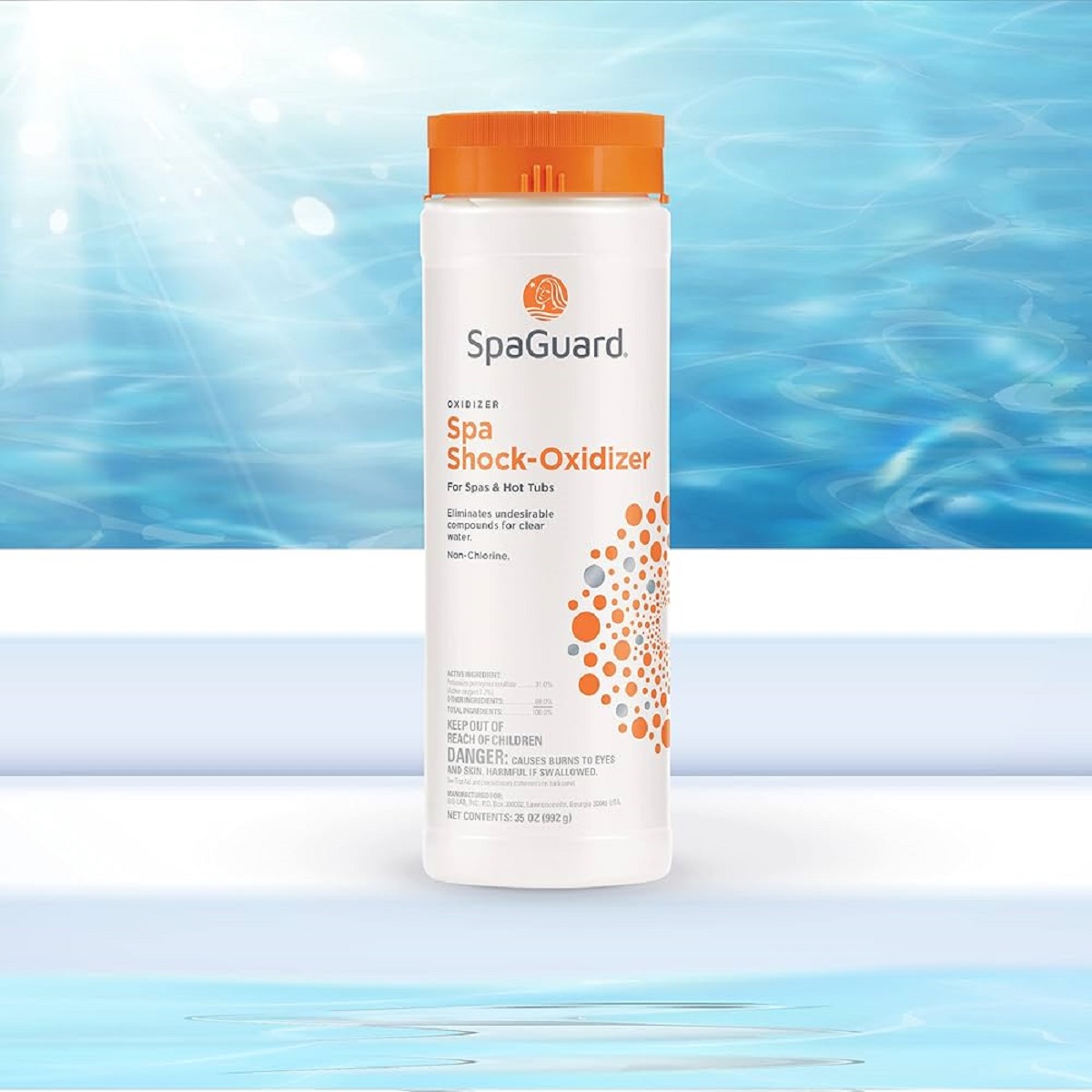
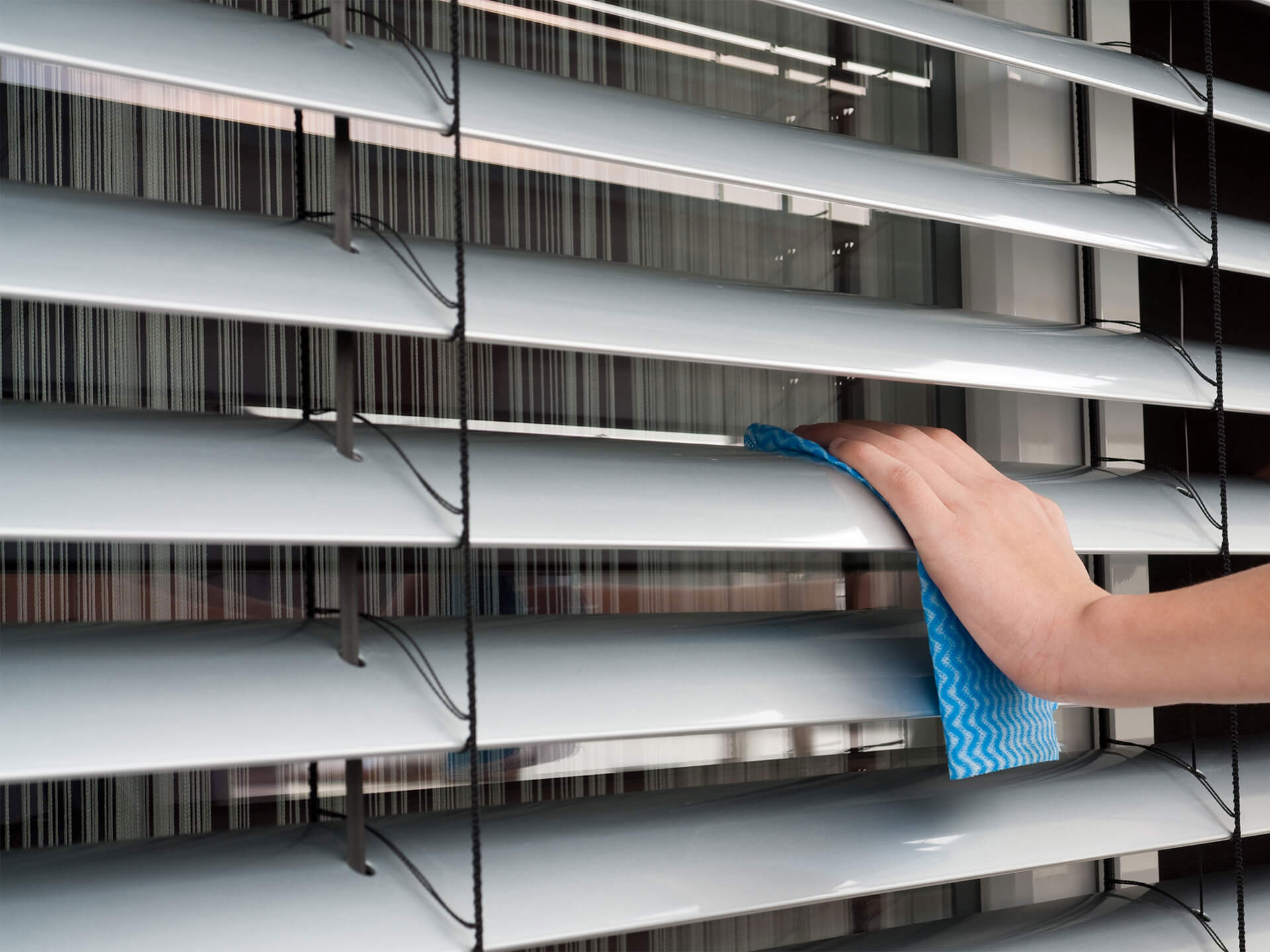
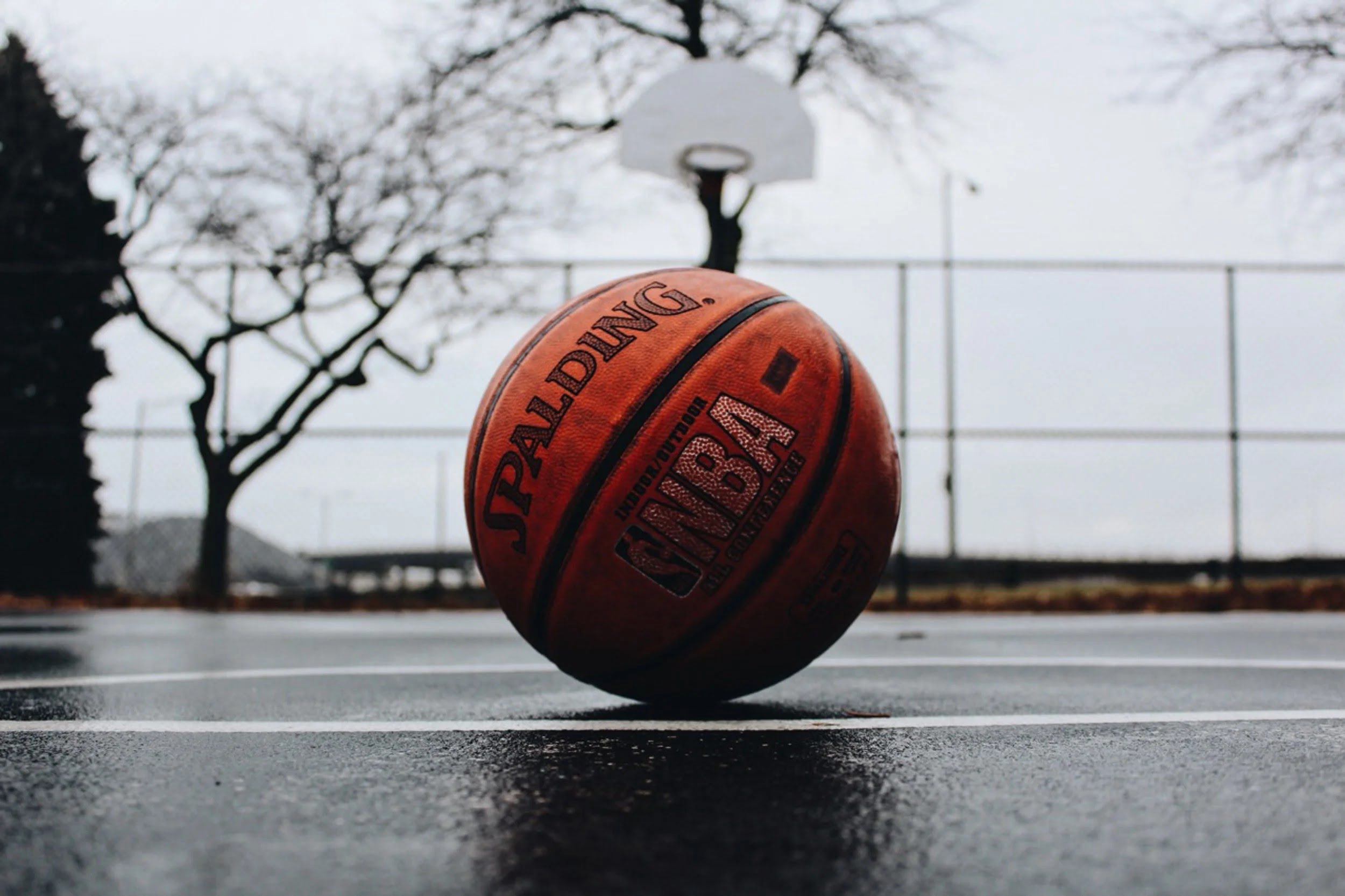
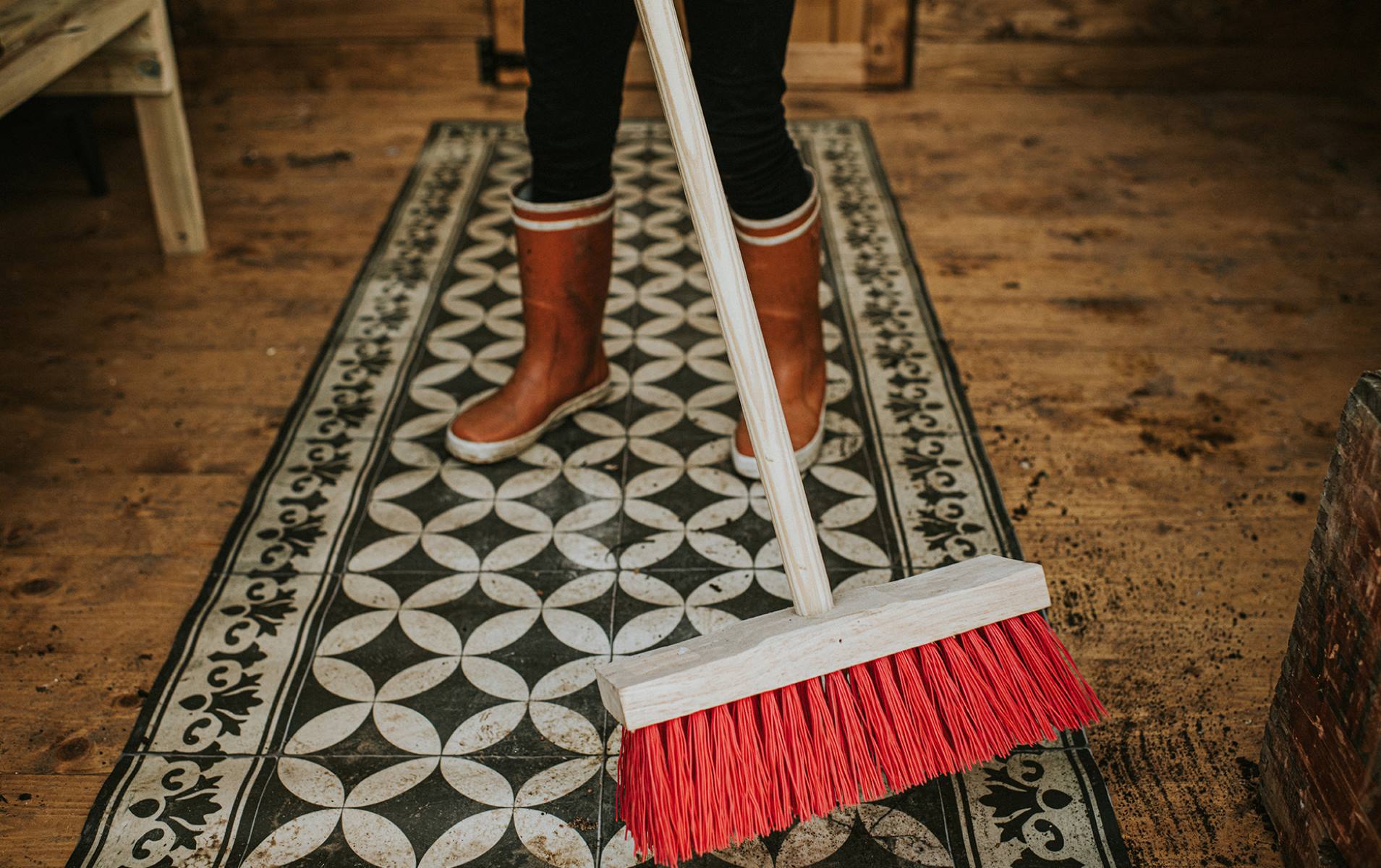
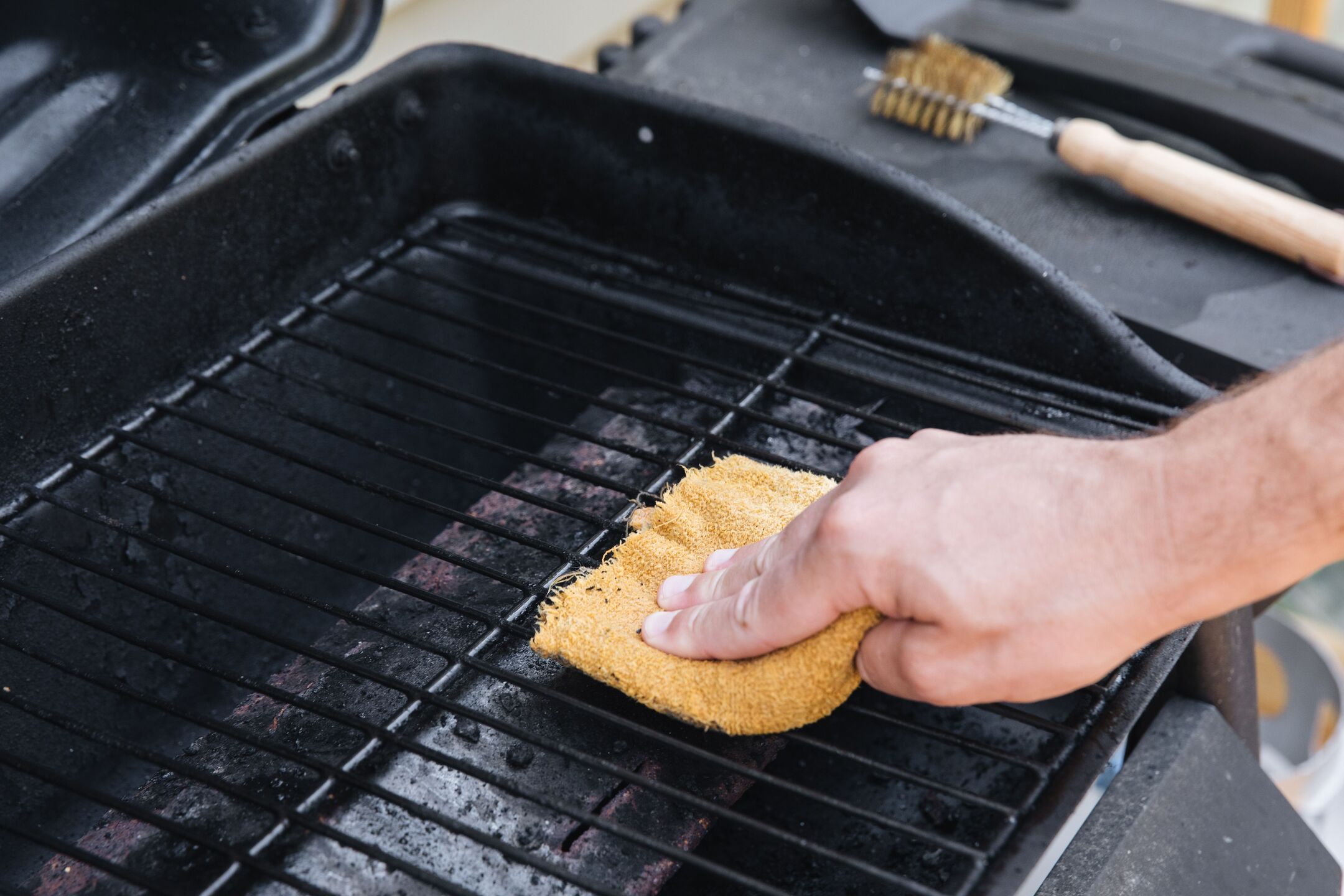
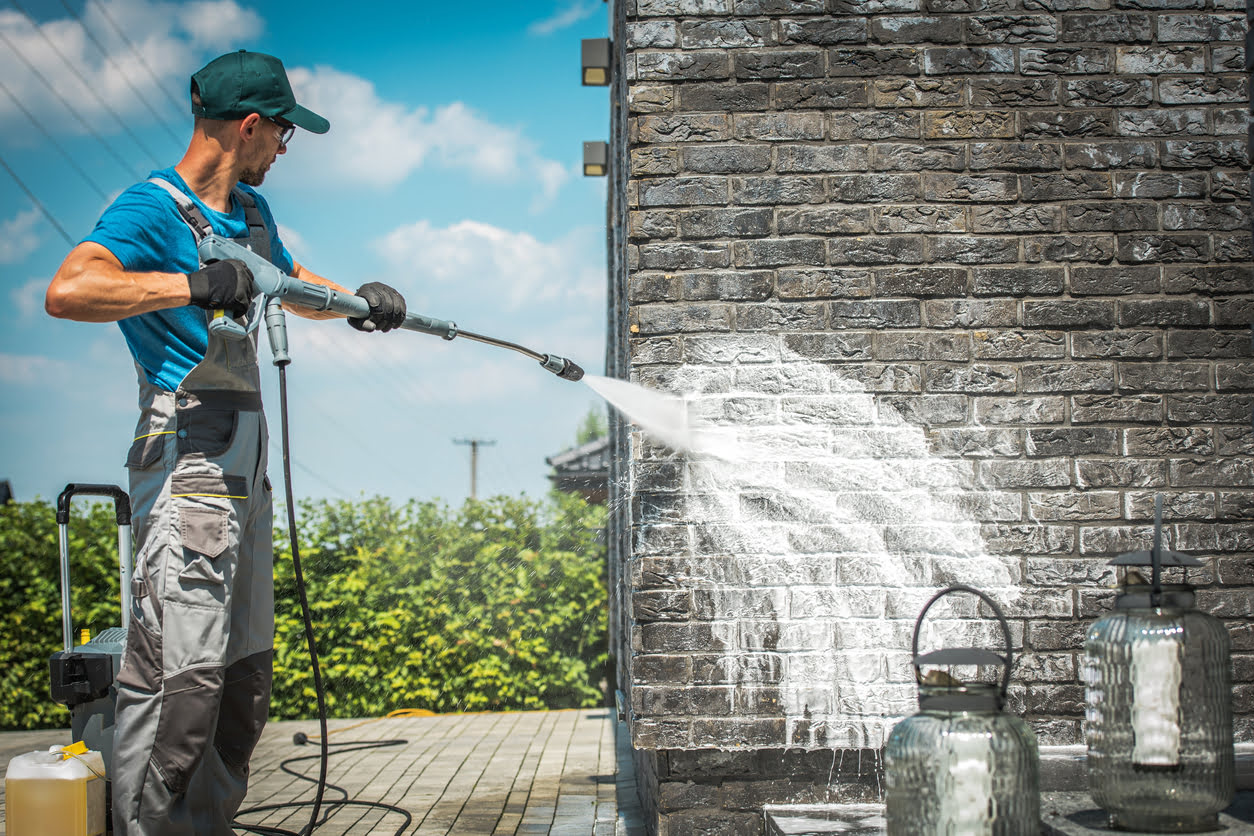
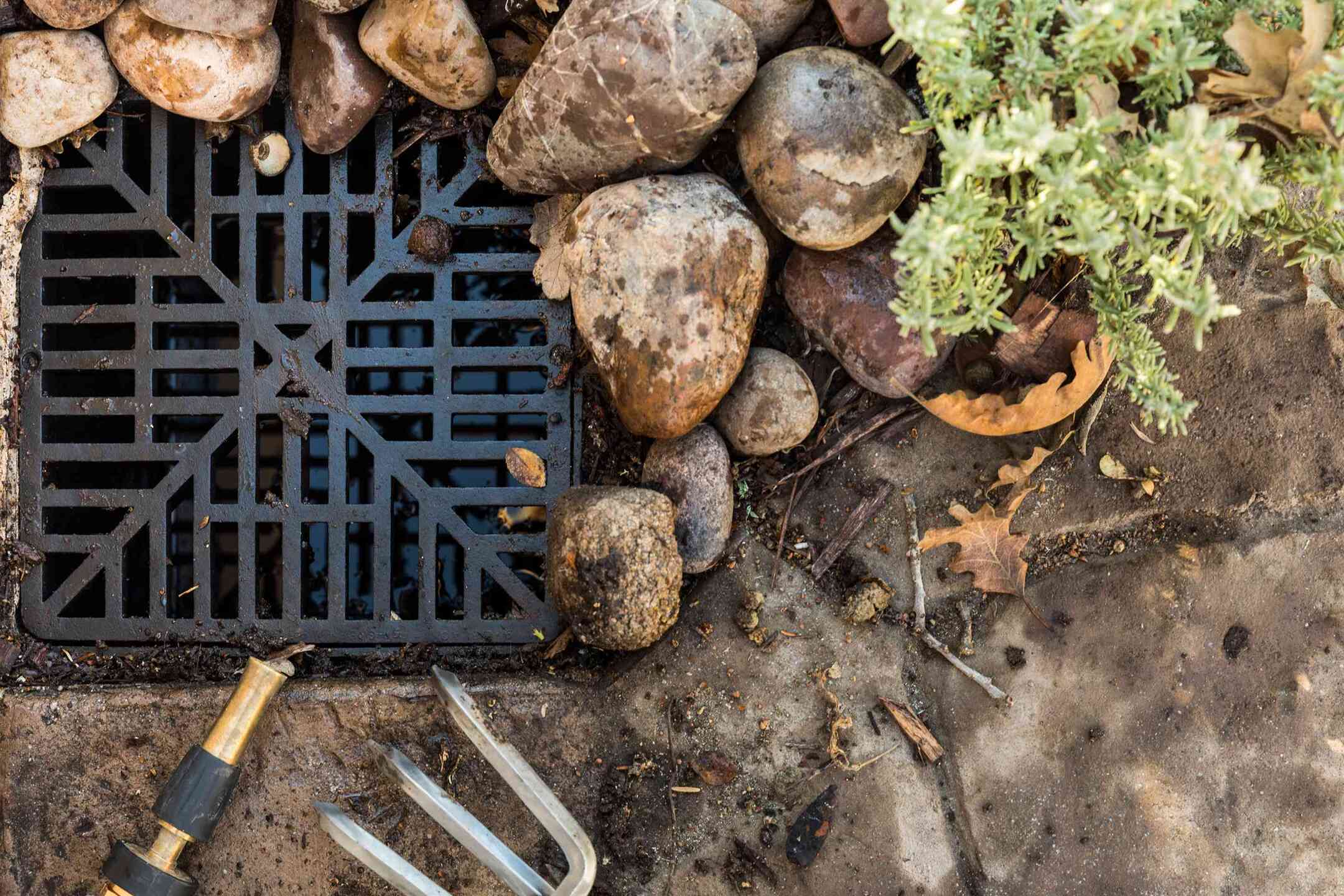
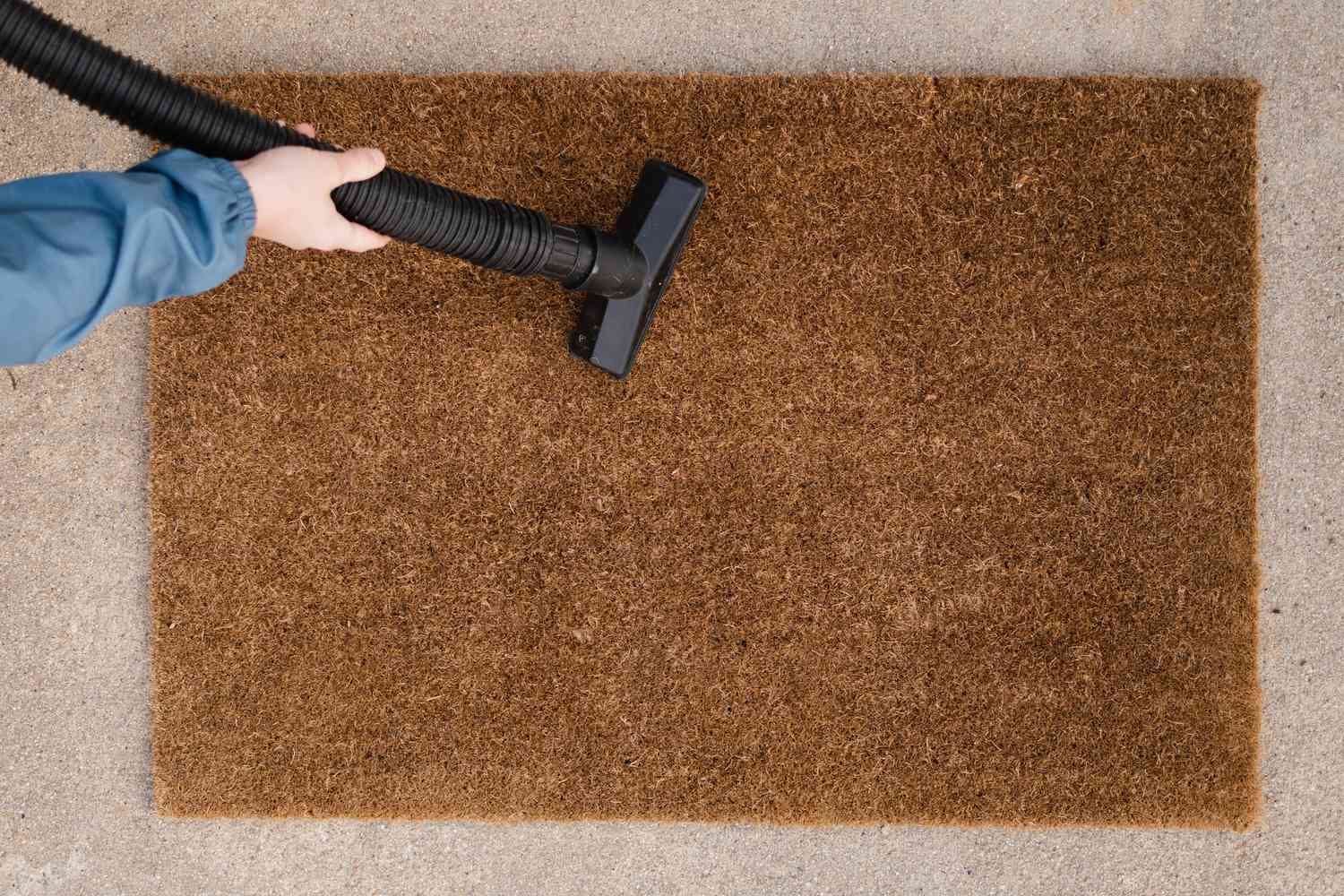
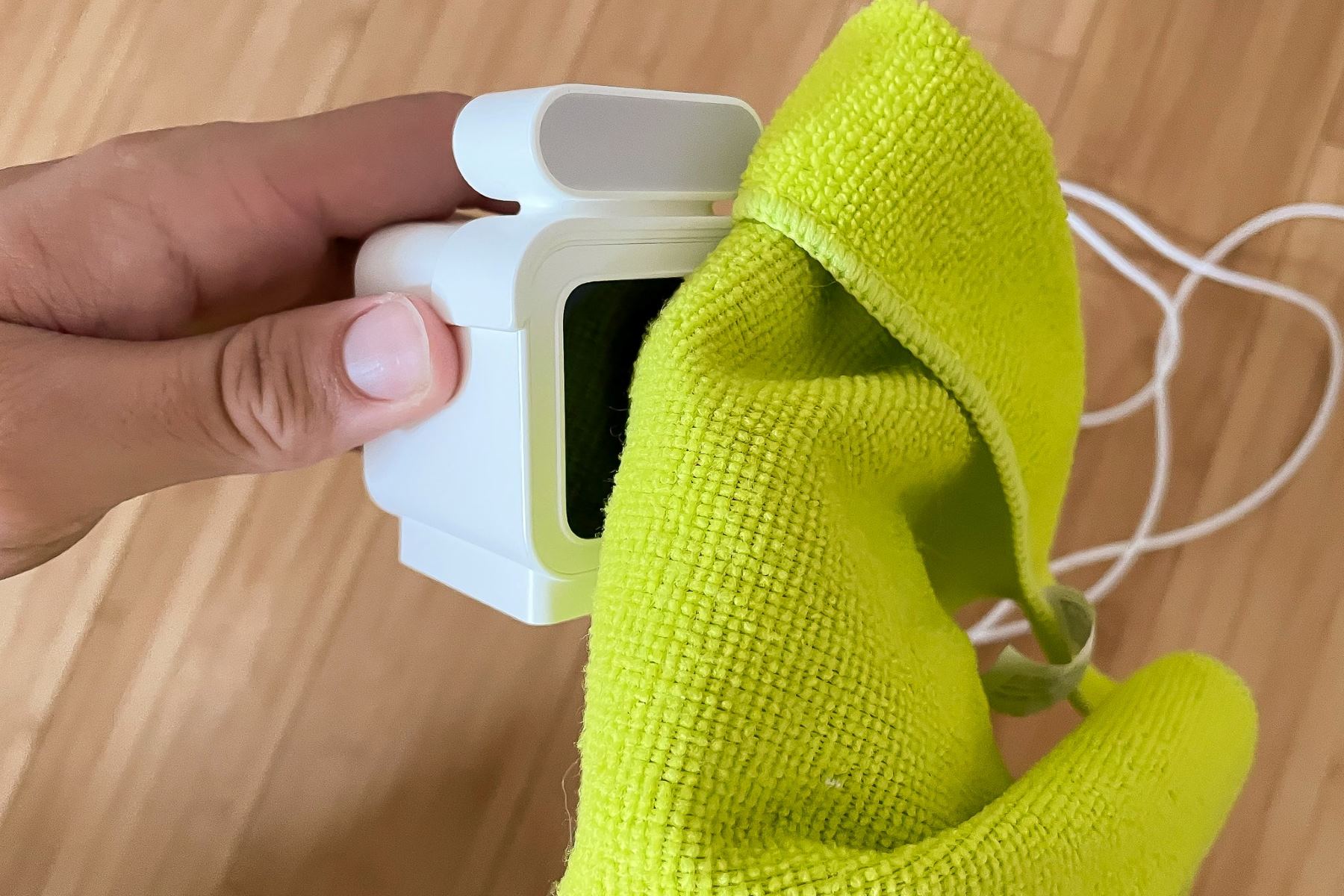
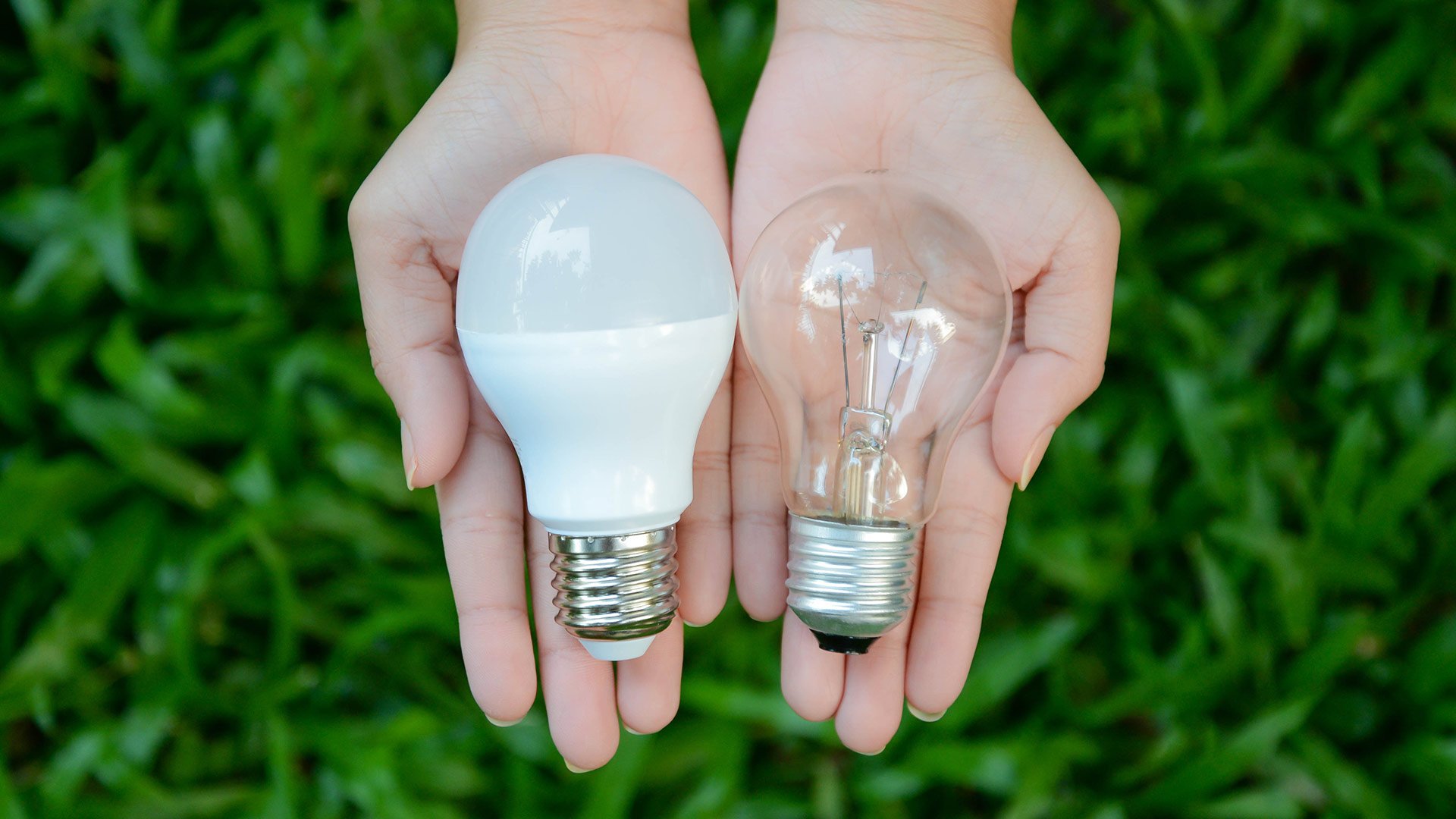
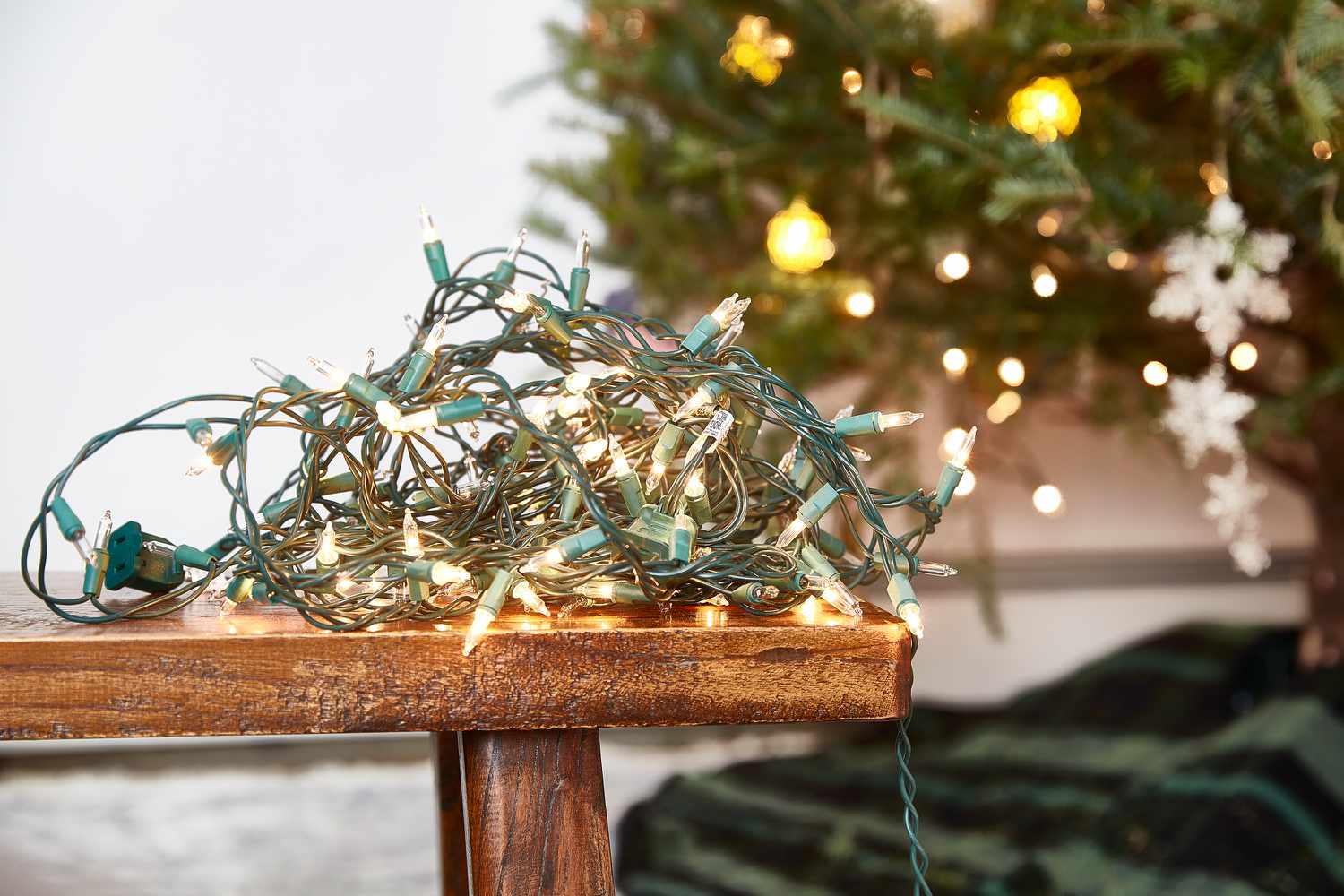

0 thoughts on “How To Clean Oxidized Outdoor Lights”